Looking to String Up Your Lacrosse Stick. Try These 15 Key TipsLooking to String Up Your Lacrosse Stick. Try These 15 Key Tips
Stringing up a lacrosse stick can be an intimidating process for beginners, but following some key tips will help you string a pocket that maximizes your playing style and skills. As someone who has strung sticks for years, I’ve learned the nuances that go into proper stringing and choosing equipment that complements each player’s needs on the field.
Choose the Right Lacrosse Mesh and String
The mesh and sidewall string you choose can drastically affect the pocket shape, ball control, and release speed. Softer meshes are better for beginners because they bag out quicker and require less break-in time. Harder meshes maintain their structure longer but require extensive break-in to form an ideal pocket. Mid-level mesh options provide a nice blend of stiffness and flexibility right away. The mesh pattern like traditional, memory, honeycomb etc. also impacts pocket feel. For sidewalls, softer strings create deeper pockets while harder strings resist bagging out. Consider materials like nylon, polyester, and dyneema in various diameters.
Manufacturers like ECD, StringKing, and Jimalax offer mesh and string kits with complementary products designed to work well together. Buying a pre-configured kit takes the guesswork out of pairing mesh and sidewalls that balance together.
Get a Quality Stringing Kit for Convenience

Complete stringing kits that include sidewall strings, shooting strings, mesh, a needle, and wooden stick make stringing so much easier. Kits from Epoch, ECD, StringKing, and other lacrosse brands take the hassle out of gathering all the supplies separately. Often you can get bulk discounts on stringing kits as well. The kit will provide all you need in one box, saving you time and money versus buying individual items.
Learn Proper Stringing Techniques
Before stringing up a lacrosse head for the first time, learn the key techniques from an experienced stringer. The pattern you interlace the mesh, proper pocket placement, stringing the sidewalls evenly, tying interlocks, and installing shooting strings all factor into a well-executed pocket. Poor stringing can lead to ripped mesh, uneven pockets, and lackluster ball control. Invest time watching stringing tutorials and learning from someone knowledgeable.
Understand the nuanced steps like the precise angle for whip stitches, evenly tensioning diamonds, centering the pocket, and tying solid knots. Patience and practicing the fundamentals will pay off big time in a high-performing pocket.
Know the Different Mesh and String Types
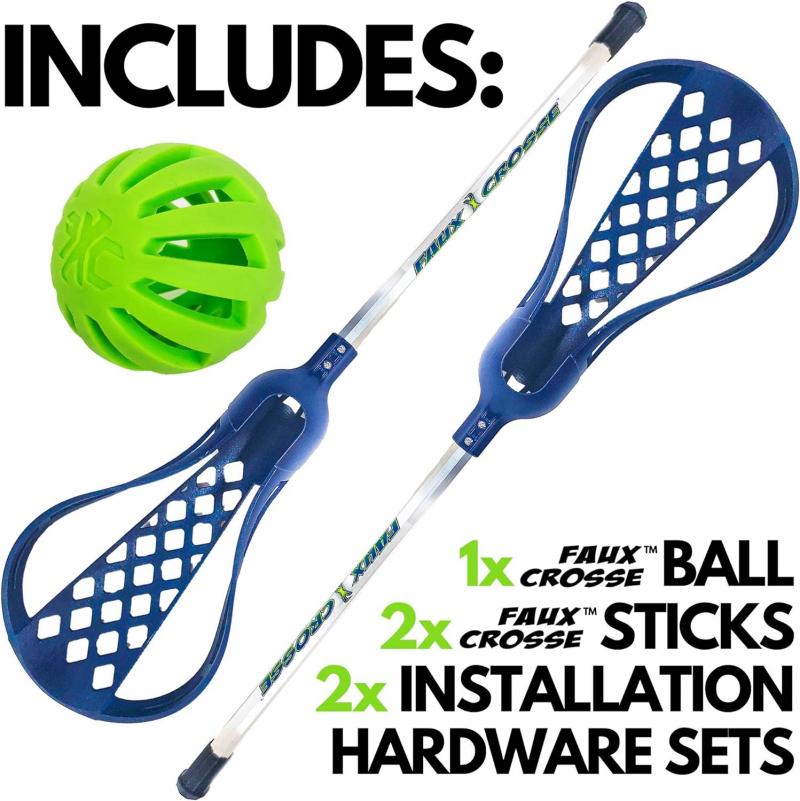
There are so many varieties of lacrosse mesh and string on the market that suit different player needs. Hard mesh with a traditional 10-diamond pattern provides superior ball retention for face-off specialists. Strip mesh offers softness great for beginning attackmen. Memory mesh shapes to the head for a custom feel. Sidewall strings come in softer multi-filament nylons or stifferdyneema and polyethylene options.
Do your research to understand the playing characteristics of various mesh weaves and string materials. For example, a soft nylon sidewall pairs well with a medium-stiff memory mesh for nice pocket balance. Get advice from experienced stringers on mesh and string combinations that align with your playing style.
Consider Your Position and Skill Level
The right lacrosse mesh and pocket ultimately comes down to your position on the field and skill level. For example, soft mesh bags out quicker for excellent ball feel – ideal for attackmen that handle and pass often. Defenders benefit from a stiffer mesh and mid-to-high pocket to retain possession checks. Goalies need a deep pocket and controlling mesh to cleanly catch shots.
Also factor in your experience level. Beginners do better with a softer pocket for catching passes while advanced players can handle a stiff setup with greater ball control. Think about how you personally play as a midfielder, attacker or defender and your abilities when choosing stringing supplies.
With the wide variety of mesh, strings, and possible pocket styles, following these tips will help you string up a lacrosse head optimized for your game. Taking the time to learn proper stringing techniques and understand different equipment options makes all the difference. And don’t be afraid to experiment with mesh patterns, materials, pocket placement and shooting string setups until you dial in your ideal configuration. The right pocket can be a game changer! Let me know if you have any other lacrosse stringing questions.
When it comes to stringing up your lacrosse stick, having the right stringing kit makes the process so much smoother. Complete kits provide all the essential pieces you need for evenly stringing the sidewalls, interlacing the mesh, and installing shooting strings without hassle. The convenience of an all-in-one kit prevents having to source individual items from different retailers.
Get a Quality Stringing Kit for Convenience
- Traditional: Provides a classic feel and consistent performance
- Memory: Adapts to your playing style over time
- Honeycomb: Offers enhanced durability and ball control
The choice of pattern can significantly affect pocket feel and overall stick performance.
Sidewall String Selection
Sidewall strings play a crucial role in pocket depth and responsiveness. Softer strings create deeper pockets, while harder strings resist bagging out. Consider materials like nylon, polyester, and dyneema in various diameters to find the perfect balance for your playing style.
The Importance of Quality Stringing Kits
Investing in a comprehensive stringing kit can streamline the process and ensure you have all the necessary components. These kits typically include:
- Sidewall strings
- Shooting strings
- Mesh
- Stringing needle
- Wooden stick for tightening
Reputable brands like Epoch, ECD, and StringKing offer pre-configured kits that take the guesswork out of pairing compatible materials. This not only saves time but often provides cost savings compared to purchasing individual items.

Mastering Essential Stringing Techniques
Proper stringing techniques are fundamental to creating a high-performing pocket. To achieve optimal results, focus on the following aspects:
Interlacing Patterns
The way you interlace the mesh affects pocket depth, shape, and ball control. Different patterns can create varying levels of whip and hold, so it’s essential to understand how each technique impacts performance.
Pocket Placement
Where you position the pocket within the head can significantly influence your stick’s throwing and catching characteristics. Consider your playing style and position when determining the ideal pocket placement.
Sidewall Stringing
Achieving even tension and symmetry when stringing the sidewalls is crucial for consistent performance. Pay close attention to knot placement and string tension throughout the process.
Interlock Tying
Properly tied interlocks help maintain pocket shape and prevent the mesh from shifting during play. Master various interlock techniques to enhance the overall stability of your pocket.
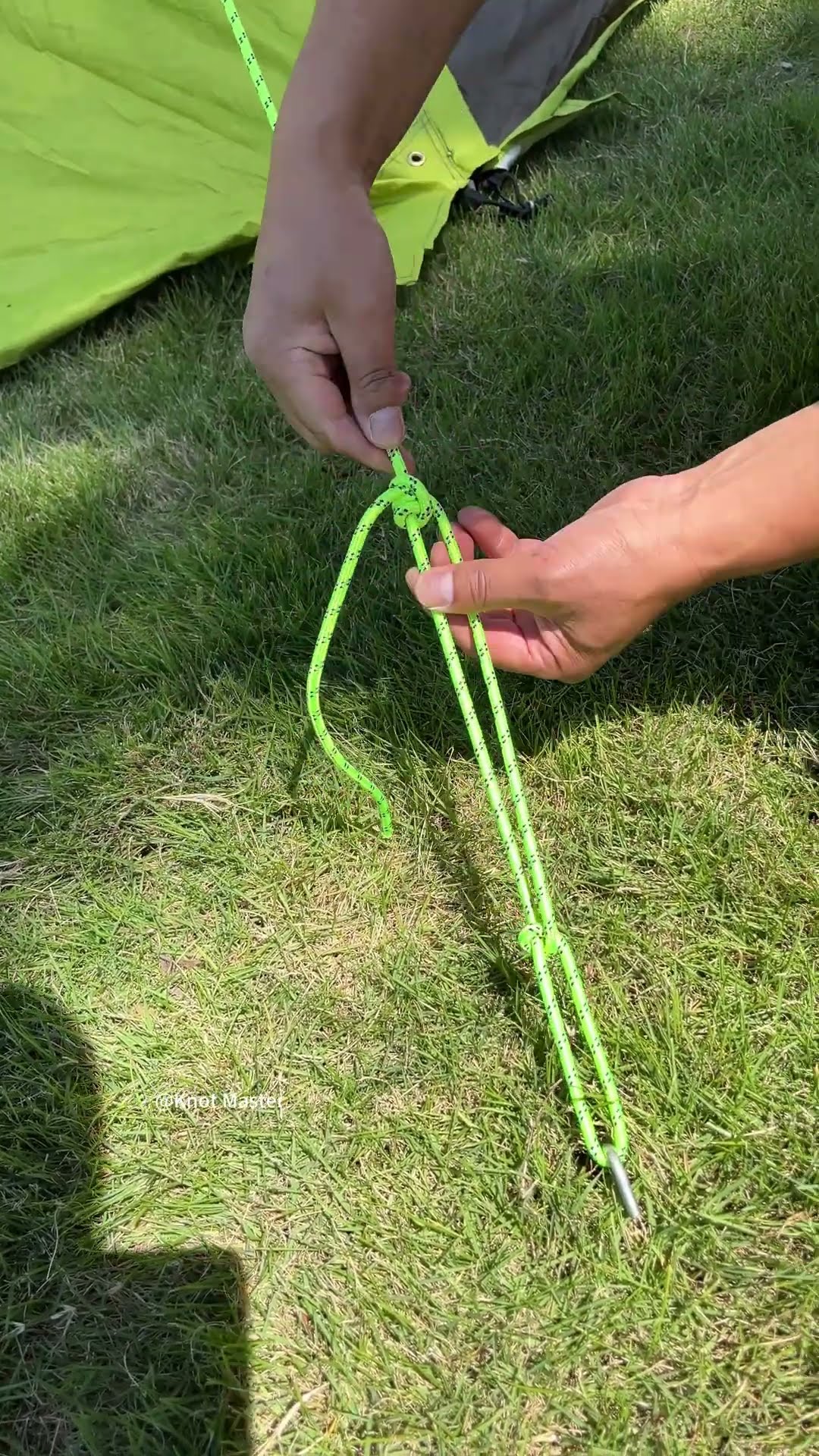
Shooting String Installation
Shooting strings fine-tune the pocket’s release point and accuracy. Experiment with different configurations to find the setup that complements your shooting style.
Understanding Mesh and String Varieties
The lacrosse equipment market offers a wide array of mesh and string options, each designed to cater to specific player needs and preferences. Let’s delve into some popular choices:
Specialized Mesh Types
- Hard mesh (10-diamond pattern): Ideal for face-off specialists due to superior ball retention
- Strip mesh: Offers softness suitable for beginning attackmen
- Memory mesh: Conforms to the head shape for a personalized feel
Sidewall String Materials
Different materials offer varying levels of stiffness and durability:
- Multi-filament nylon: Provides a softer feel and more flexibility
- Dyneema: Offers high strength and minimal stretch
- Polyethylene: Balances durability with a moderate amount of give
Researching and understanding the characteristics of various mesh weaves and string materials will help you make informed decisions when selecting components for your stick.

Tailoring Your Stick to Your Position and Skill Level
The optimal lacrosse mesh and pocket configuration largely depends on your position on the field and your skill level. Consider the following guidelines:
Position-Specific Considerations
- Attackmen: Benefit from soft mesh that bags out quickly, providing excellent ball feel for frequent handling and passing
- Defenders: Prefer stiffer mesh with a mid-to-high pocket to maintain possession during checks
- Goalies: Require a deep pocket and controlling mesh to cleanly catch shots
- Midfielders: May opt for a versatile setup that balances ball control and quick release
Skill Level Adaptations
As you progress in your lacrosse journey, your equipment needs may evolve:
- Beginners: Start with a softer pocket to enhance catching ability and build confidence
- Intermediate players: Experiment with different setups to find the balance that suits your developing style
- Advanced players: Can handle stiffer setups that offer precise ball control and faster release
Fine-Tuning Your Pocket for Optimal Performance
Creating the perfect pocket is an iterative process that requires patience and experimentation. Here are some tips to help you dial in your ideal configuration:
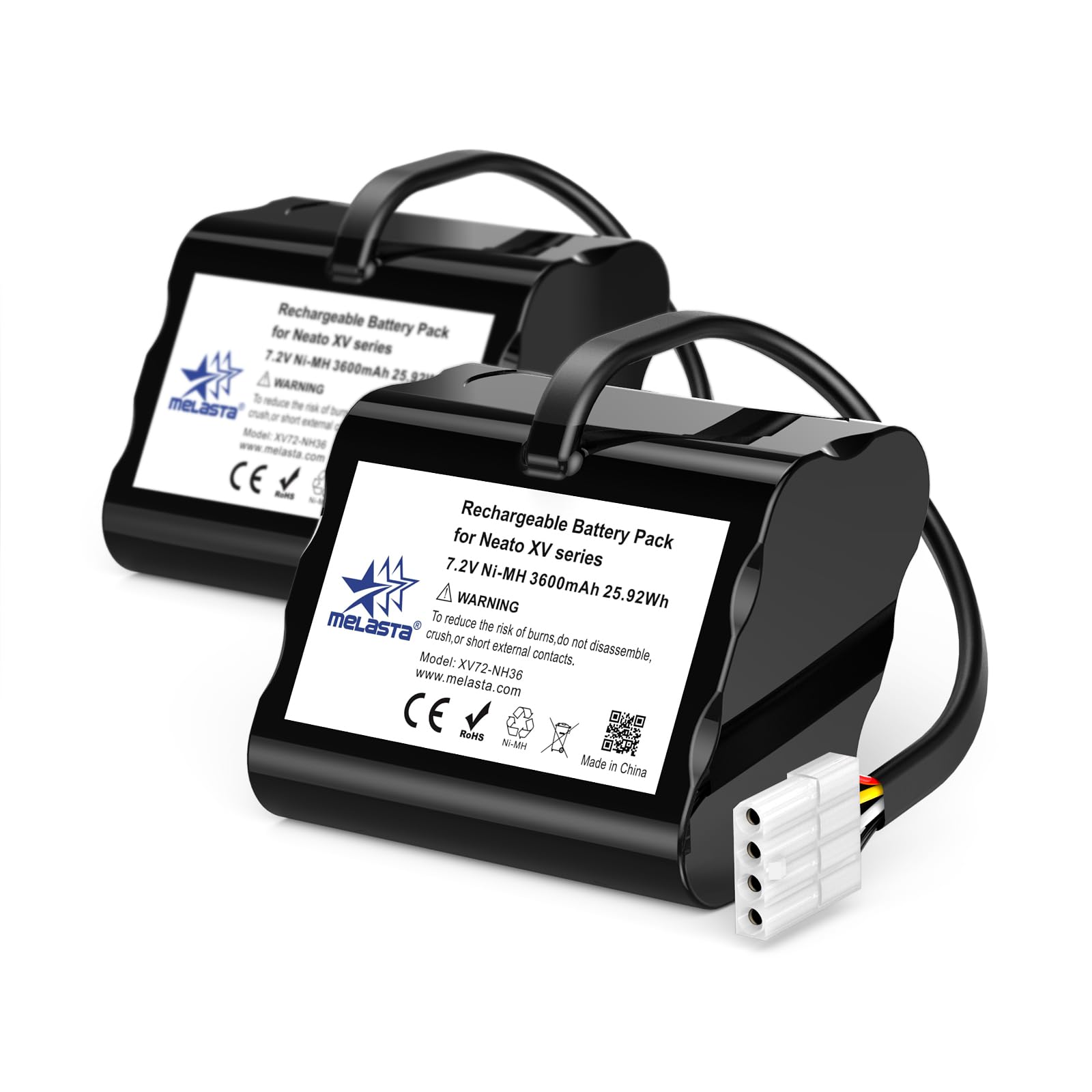
Breaking In Your Pocket
A new pocket often requires a break-in period to achieve optimal performance. Accelerate this process by:
- Wall ball sessions to soften the mesh
- Using a wooden ball or softball to stretch the pocket
- Adjusting sidewall strings as the pocket settles
Pocket Depth and Shape
Find the sweet spot between hold and quick release by adjusting:
- Sidewall string tension
- Mesh diamond spacing
- Channel width
Shooting String Configurations
Experiment with various shooting string setups to fine-tune your release point and accuracy:
- U-shape for increased hold
- Straight across for a quicker release
- Angled for a balance of hold and release
Maintaining Your Lacrosse Stick for Longevity
Proper maintenance is crucial for preserving the performance and lifespan of your lacrosse stick. Implement these practices to keep your stick in top condition:
Regular Cleaning
Keep your mesh and strings clean to prevent dirt buildup and maintain optimal performance:
- Use mild soap and warm water to clean the pocket
- Allow the stick to air dry completely before use
- Avoid harsh chemicals that may damage the materials
String and Mesh Inspection
Routinely check your stick for signs of wear and tear:
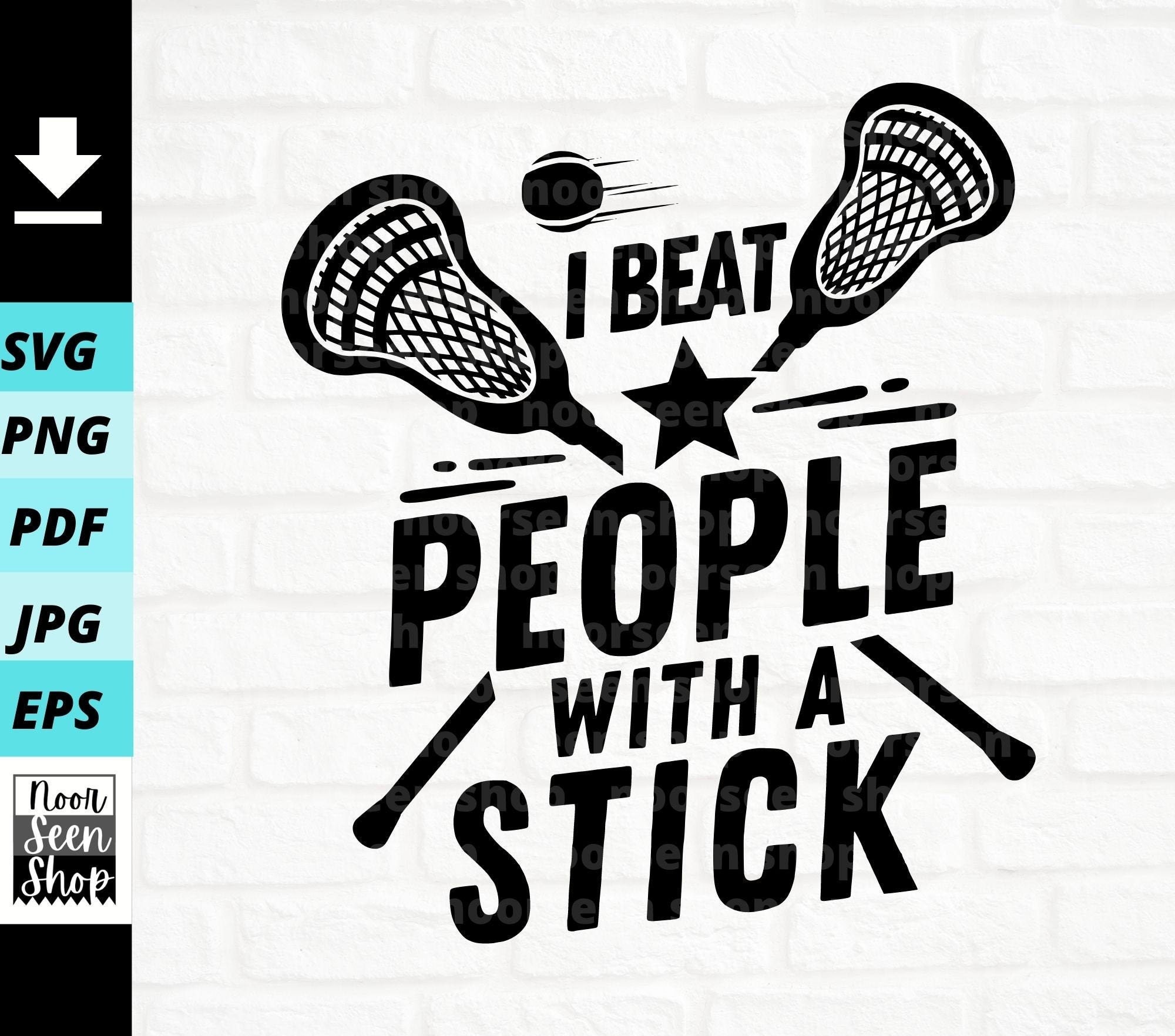
- Look for frayed or broken strings
- Inspect the mesh for holes or stretched diamonds
- Replace components as needed to maintain consistency
Storage and Transportation
Protect your stick when not in use:
- Store in a cool, dry place away from direct sunlight
- Use a stick bag for transportation to prevent damage
- Avoid leaving your stick in extreme temperatures, such as a hot car
By following these maintenance practices, you can extend the life of your lacrosse stick and ensure consistent performance on the field.
Adapting Your Stick to Weather Conditions
Weather can significantly impact the performance of your lacrosse stick. Understanding how to adapt your setup for various conditions can give you a competitive edge:
Wet Weather Adjustments
Playing in rainy conditions requires some modifications to maintain optimal performance:
- Use wax or a water-repellent spray on your mesh to reduce water absorption
- Opt for a slightly higher pocket to compensate for potential sagging
- Consider using a harder mesh that’s less likely to bag out when wet
Hot and Humid Conditions
High temperatures and humidity can affect your stick’s performance:

- Choose moisture-wicking mesh materials to combat sweat buildup
- Adjust shooting strings to compensate for potential stretching
- Keep a towel handy to wipe down your stick during breaks
Cold Weather Considerations
Colder temperatures can make your pocket stiffer and less responsive:
- Use softer mesh or strings to maintain flexibility
- Break in your stick before games by warming it up indoors
- Consider using hand warmers near your stick during timeouts to maintain flexibility
By adapting your lacrosse stick to various weather conditions, you can maintain consistent performance regardless of the elements.
Leveraging Technology in Lacrosse Stick Stringing
Advancements in technology have revolutionized the way players approach lacrosse stick stringing. Embracing these innovations can help you achieve a more precise and personalized pocket:
3D-Printed Stringing Tools
Custom-designed 3D-printed tools can enhance the stringing process:
- Tension gauges for consistent sidewall tightness
- Pocket depth measurers for precise adjustments
- Channel width guides for optimal ball control
Mobile Apps for Pocket Analysis
Smartphone applications can provide valuable insights into your pocket’s performance:
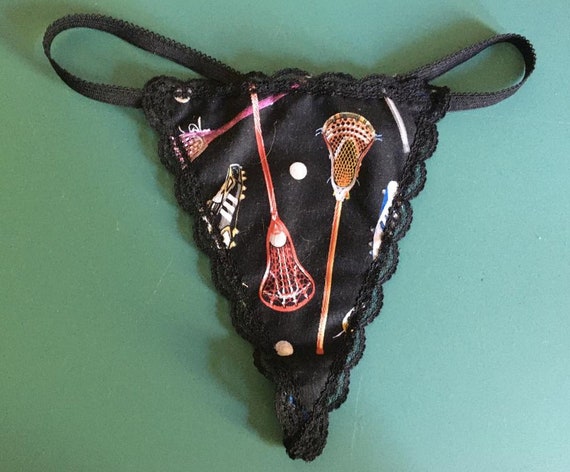
- High-speed video analysis of ball release
- Pocket depth and shape tracking over time
- Virtual reality simulations for testing different setups
Smart Mesh and String Materials
Cutting-edge materials are pushing the boundaries of stick performance:
- Temperature-adaptive mesh that maintains consistency in various conditions
- Self-adjusting strings that respond to playing style
- Nano-coated materials for improved durability and weather resistance
Incorporating these technological advancements into your stringing process can help you achieve a more refined and efficient pocket setup.
The Role of Customization in Lacrosse Stick Stringing
Customization plays a crucial role in creating a lacrosse stick that feels like an extension of your body. Tailoring your stick to your unique preferences can significantly enhance your performance on the field:
Personal Grip Modifications
Customize your stick’s grip to improve control and comfort:
- Experiment with different tape patterns for optimal hand placement
- Add grip enhancers or cushioned wraps for improved feel
- Consider custom-molded grips for a truly personalized fit
Color Coordination
While aesthetics don’t directly impact performance, they can boost confidence and team spirit:
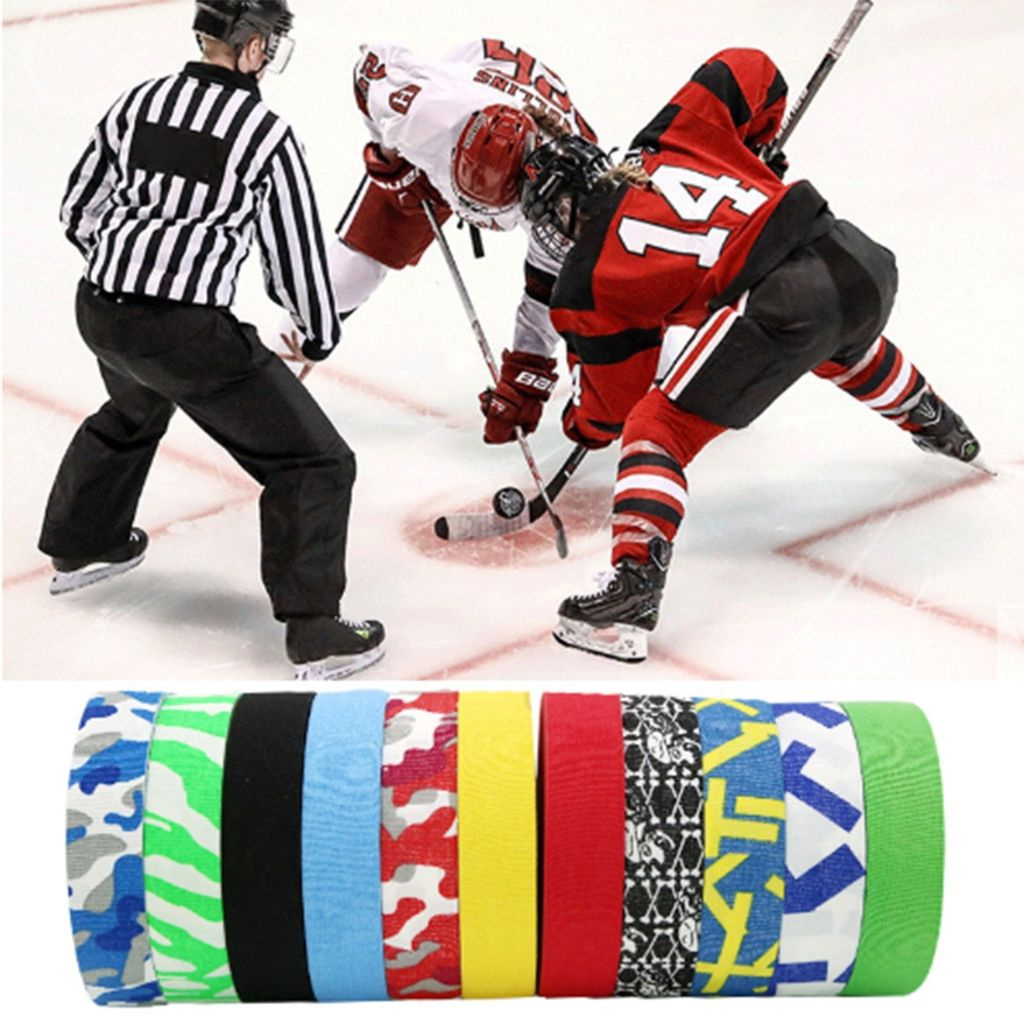
- Choose mesh and string colors that match your team’s palette
- Use contrasting colors to highlight different parts of the pocket
- Consider glow-in-the-dark or UV-reactive materials for a unique look
Signature Knots and Patterns
Develop your own stringing style with unique knots and patterns:
- Create custom sidewall patterns that complement your playing style
- Experiment with intricate knot designs for added flair
- Develop a signature shooting string configuration that sets your stick apart
By embracing customization in your lacrosse stick stringing, you can create a truly unique tool that enhances both your performance and personal expression on the field.
Evolving Your Stringing Technique Over Time
As you progress in your lacrosse career, it’s essential to continually refine and adapt your stringing technique. This evolution ensures that your stick always complements your developing skills and changing playing style:
Analyzing Professional Setups
Study the stick setups of professional players to gain insights:

- Observe how top athletes in your position string their sticks
- Analyze the pocket shapes and shooting string configurations they use
- Consider how their setups might benefit your own game
Experimenting with Advanced Techniques
As your skills improve, explore more complex stringing methods:
- Try multi-layer mesh setups for enhanced ball control
- Experiment with hybrid pockets that combine different mesh types
- Explore advanced sidewall patterns for fine-tuned pocket shaping
Adapting to Rule Changes
Stay informed about evolving lacrosse regulations and adjust your stringing accordingly:
- Keep up-to-date with official equipment specifications
- Modify your pocket to comply with new depth or hold restrictions
- Explore innovative stringing solutions that maximize performance within the rules
By continuously evolving your stringing technique, you can ensure that your lacrosse stick remains a powerful asset throughout your playing career.
Stringing up a lacrosse stick can be an intimidating process for beginners, but following some key tips will help you string a pocket that maximizes your playing style and skills. As someone who has strung sticks for years, I’ve learned the nuances that go into proper stringing and choosing equipment that complements each player’s needs on the field.
Choose the Right Lacrosse Mesh and String
The mesh and sidewall string you choose can drastically affect the pocket shape, ball control, and release speed. Softer meshes are better for beginners because they bag out quicker and require less break-in time. Harder meshes maintain their structure longer but require extensive break-in to form an ideal pocket. Mid-level mesh options provide a nice blend of stiffness and flexibility right away. The mesh pattern like traditional, memory, honeycomb etc. also impacts pocket feel. For sidewalls, softer strings create deeper pockets while harder strings resist bagging out. Consider materials like nylon, polyester, and dyneema in various diameters.
Manufacturers like ECD, StringKing, and Jimalax offer mesh and string kits with complementary products designed to work well together. Buying a pre-configured kit takes the guesswork out of pairing mesh and sidewalls that balance together.
Get a Quality Stringing Kit for Convenience

Complete stringing kits that include sidewall strings, shooting strings, mesh, a needle, and wooden stick make stringing so much easier. Kits from Epoch, ECD, StringKing, and other lacrosse brands take the hassle out of gathering all the supplies separately. Often you can get bulk discounts on stringing kits as well. The kit will provide all you need in one box, saving you time and money versus buying individual items.
Learn Proper Stringing Techniques
Before stringing up a lacrosse head for the first time, learn the key techniques from an experienced stringer. The pattern you interlace the mesh, proper pocket placement, stringing the sidewalls evenly, tying interlocks, and installing shooting strings all factor into a well-executed pocket. Poor stringing can lead to ripped mesh, uneven pockets, and lackluster ball control. Invest time watching stringing tutorials and learning from someone knowledgeable.
Understand the nuanced steps like the precise angle for whip stitches, evenly tensioning diamonds, centering the pocket, and tying solid knots. Patience and practicing the fundamentals will pay off big time in a high-performing pocket.
Know the Different Mesh and String Types

There are so many varieties of lacrosse mesh and string on the market that suit different player needs. Hard mesh with a traditional 10-diamond pattern provides superior ball retention for face-off specialists. Strip mesh offers softness great for beginning attackmen. Memory mesh shapes to the head for a custom feel. Sidewall strings come in softer multi-filament nylons or stifferdyneema and polyethylene options.
Do your research to understand the playing characteristics of various mesh weaves and string materials. For example, a soft nylon sidewall pairs well with a medium-stiff memory mesh for nice pocket balance. Get advice from experienced stringers on mesh and string combinations that align with your playing style.
Consider Your Position and Skill Level
The right lacrosse mesh and pocket ultimately comes down to your position on the field and skill level. For example, soft mesh bags out quicker for excellent ball feel – ideal for attackmen that handle and pass often. Defenders benefit from a stiffer mesh and mid-to-high pocket to retain possession checks. Goalies need a deep pocket and controlling mesh to cleanly catch shots.
Also factor in your experience level. Beginners do better with a softer pocket for catching passes while advanced players can handle a stiff setup with greater ball control. Think about how you personally play as a midfielder, attacker or defender and your abilities when choosing stringing supplies.
With the wide variety of mesh, strings, and possible pocket styles, following these tips will help you string up a lacrosse head optimized for your game. Taking the time to learn proper stringing techniques and understand different equipment options makes all the difference. And don’t be afraid to experiment with mesh patterns, materials, pocket placement and shooting string setups until you dial in your ideal configuration. The right pocket can be a game changer! Let me know if you have any other lacrosse stringing questions.
When it comes to stringing up your lacrosse stick, having the right stringing kit makes the process so much smoother. Complete kits provide all the essential pieces you need for evenly stringing the sidewalls, interlacing the mesh, and installing shooting strings without hassle. The convenience of an all-in-one kit prevents having to source individual items from different retailers.
Get a Quality Stringing Kit for Convenience
Look for stringing kits that contain quality mesh, sidewall string, shooting cords, a needle, and even a wooden lacrosse stick for easier stringing. Reputable brands like ECD, Epoch, StringKing, and Jimalax offer comprehensive kits with premium materials designed to complement each other during stringing. The kits come thoughtfully packaged with the necessary supplies so you can focus on perfecting your stringing technique rather than gathering materials.
When sourcing a kit, examine the mesh thickness and weave pattern, sidewall string stiffness, and shooting cord dependability. Softer meshes and strings make pocket set up easier for beginners while higher grades are better for experienced players wanting pronounced ball control properties. Consider your skill level and position when choosing kit components. An attackman might prefer softer supplies while a defender needs increased stiffness for possession.
Stringing kits also provide excellent value through bundled discount pricing versus buying individual items. You can purchase bulk quantities of mesh, sidewalls, and shooting strings to save money and always have extras on hand. Some retailers even offer customizable stringing kits where you select preferred mesh styles, colors, and string types at bulk rate pricing.
Rather than trying to gather mesh remnants, mismatched strings, and worn out shooting cords, invest in a complete stringing kit. The quality and coordination of components leads to consistently strung pockets. And comprehensive kits prevent realizing mid-string that you’re missing a certain item, forcing an inconvenient run to the lacrosse store. Choose a reputable brand kit with care instructions so you can string with confidence while optimizing cost and convenience.
Follow Stringing Instructions Closely
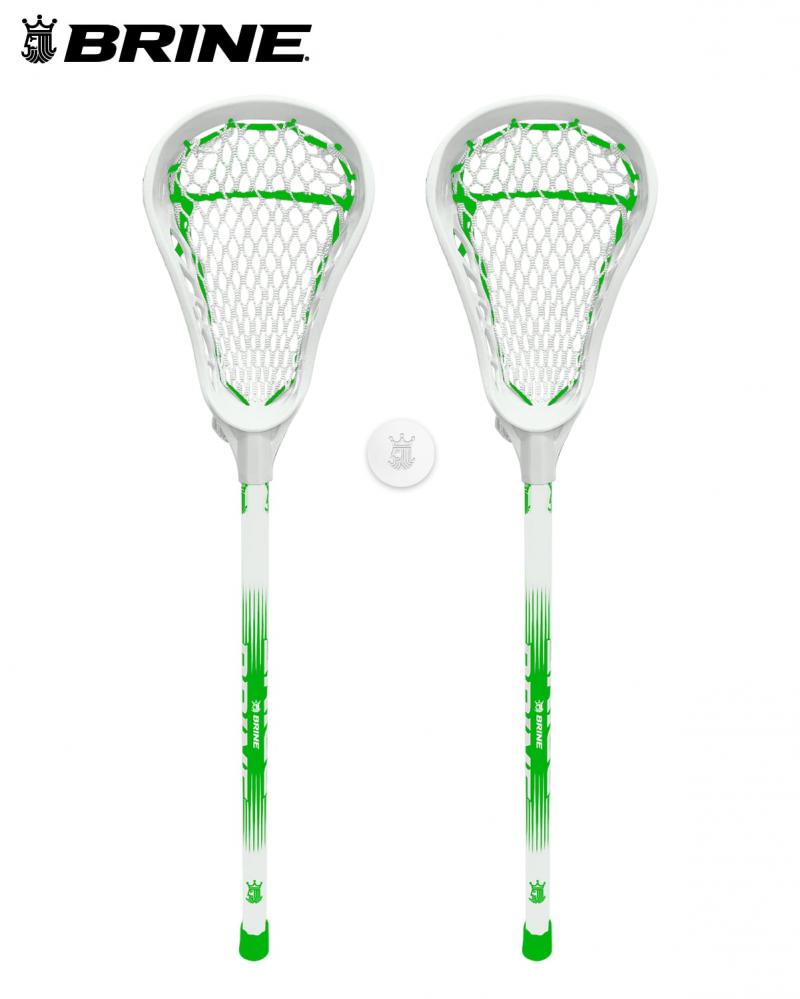
Quality stringing kits include detailed instructions walking you through each step of the process. Follow the guidelines closely, especially during your first few stringing attempts, to ensure proper techniques. Steps like diamond alignment, mesh piece placement, whip stitching angles, knot tying, shooting string installation, and pocket placement are clearly articulated so your inexperience doesn’t lead to mistakes.
Don’t take shortcuts or assumptions even if you think you know better. The instructions have been carefully tested to yield balanced pocket formation and longevity. Rushing through or ignoring steps can result in ripped mesh, uneven diamonds, early bag out, and poor ball control. Reference the manuals before and during stringing for best results.
Watch Video Tutorials for Visual Guidance
Quality kits provide written instructions but seeing the steps in action can really help comprehension. Many kits give website links or QR codes to video tutorials that walk through proper techniques. Visual learners will benefit from seeing how the whip stitch should look, watching diamond alignment in action, observing knots being tied, and more.
Videos let you follow along in real time, pausing to mimic steps at your own pace. You can rewatch sections multiple times if any confusion arises. Visuals combined with written instructions ensure you fully understand the finer points of lacrosse stringing. Don’t hesitate to reference videos as you progress through each phase of pocket stringing for clarity.
Leverage all the guidance included with your stringing kit for optimal results. Following directions meticulously and watching tutorials prevents beginner mistakes that compromise pocket quality and longevity down the road. A complete high-quality kit combined with your dedication to proper technique is a formula for stringing success.
Properly stringing a lacrosse head requires learning specialized techniques and practicing the finer points that lead to optimal pocket formation. Rushing through the process or failing to master key steps can result in ripped mesh, uneven diamonds, inadequate throw and feel. Invest time upfront to learn proper stringing fundamentals before diving into pocket creation.
Learn Proper Stringing Techniques

When first learning to string lacrosse sticks, carefully study the techniques used by experienced stringers. Nuances like the precise whip stitch angle, evenly tensioning diamonds, centering the pocket and smoothly tying knots make a big difference. Patience and meticulous attention to detail are key.
Master how to interweave the mesh smoothly with consistent diamonds and tie solid knots that won’t loosen over time. The sidewall top string should be threaded through each diamond at the exact same placement. Keep downward tension while gently pulling the mesh taut into formation.
Shooting strings must be precisely spaced and tied with perfect knots that lay flat across the width of the head. Take extra time practicing your knot-tying until it becomes muscle memory. Rushed knots will come loose and compromise pocket integrity.
Don’t forget about properly wrapping the handle for optimal grip and control. The right amount of tension and overlap leads to a firmly wrapped handle that won’t shift during play. Ask experienced players for advice on their handle wrapping techniques.
Watch Tutorial Videos
While written stringing instructions are helpful, watching someone string a lacrosse head in real-time can really accelerate learning. Many instructional videos take you step-by-step through the process, letting you follow along and mimic techniques at your own pace.
Focus on how they position and turn the mesh for whip stitches, uniformly pull diamonds taut, smoothly tie interlock knots, wrap shooting strings, and evenly tension channels. Observe their handling of the sidewall strings and shooting cords. Queue the video back as needed to re-watch any steps giving you trouble.
Have an Experienced Stringer Coach You
Nothing beats having an experienced stringer watch you in action and provide tips for improving techniques. As you string a head for the first time, ask for their guidance on yourDiamond formation, sidewall tensioning, shooting string spacing, and knot tying. They can catch any issues as they happen and demonstrate proper techniques.
An experienced set of eyes helps you self-correct bad habits before they become ingrained. Don’t just mimic what you see online – have an expert evaluate your fundamentals live. Keep an open mind to feedback so you can level up your skills.
Patience and dedication to learning proper stringing foundations pays dividends in the pockets you’ll string down the road. The technical aspects can be frustrating initially. But incredible feel and optimized ball control are rewards that make perfecting your technique well worth the effort.
When stringing up a lacrosse head, the specific type of mesh and sidewall string used greatly impacts the pocket shape, ball control, and release speed. There are numerous varieties on the market to suit different player positions and experience levels. Knowing the playing characteristics of each will help select optimal materials for your game.
Know the Different Mesh and String Types
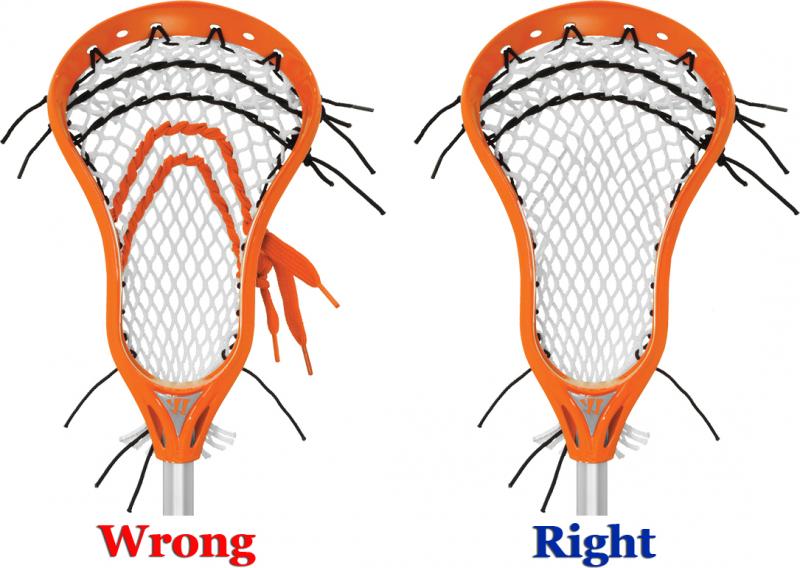
Mesh comes in different materials like nylon, polyester and polyethylene, each with varying stiffness levels. Softer meshes bag out quicker for better feel while harder meshes maintain structure longer but require extensive break-in time. The tradition 10-diamond weave provides superior ball retention while wider diamond and hex patterns offer quicker breaks in.
Sidewall strings also vary from flexible multi-filament nylons to stiff cross-woven dyneema and polyethylene blends. Softer strings allow for deeper pocket formation while firmer materials resist bagging out. Shooting strings mainly differ in wax coating and diameter – key factors in durability and handling.
Mesh Patterns Impact Pocket Feel
Traditional 10-diamond mesh provides consistent diamond rows for defined ball channels, ideal for players wanting pronounced retention. Wider diamond shapes like StringKing Type 2F lie flatter and bag out faster. Uncommon patterns like HEX and Tri-Diamond shape uniquely to the head for customized feel.
Memory meshes incorporate thicker strands that maintain original width better while thinner strands in soft meshes bag out quicker.evaluating diamond size, shape, thickness and material gives insight on pocket performance.
String Stiffness Affects Pocket Formation
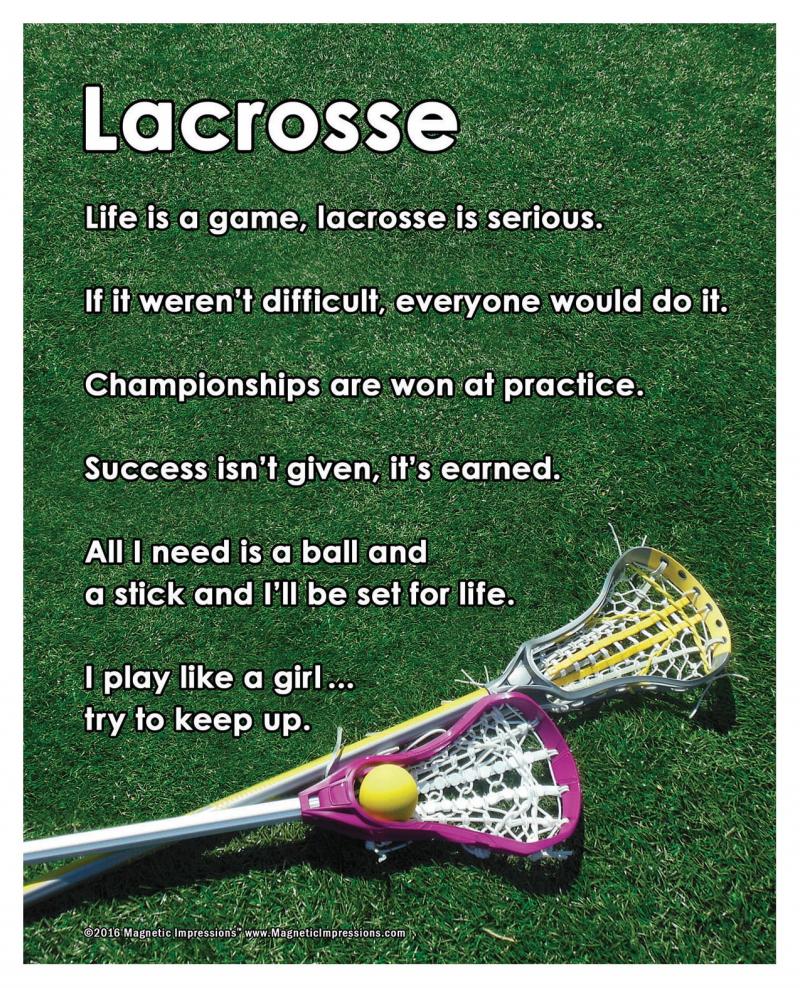
Softer sidewall strings allow for deeper pocket bags as the materials relax, ideal for beginning players to build confidence catching passes. Stiffer strings provide elite players more pronounced ball control and throw accuracy with minimal unwanted bag out.
Multi-filament nylon strings offer the most give while advanced polymers like polyethylene and dyneema blend provide firmness. Mixing string stiffness lets you balance control properties. Just ensure sidewalls tension consistently.
Consider mesh and string combinations holistically to achieve your desired pocket shape, depth and performance. An attacker may want softer supplies while a defender needs more structure. Match materials to your playing style as a middie, attackman or goalie. The options can be overwhelming initially but experiment to find your ideal setup.
When stringing up your lacrosse stick, it’s crucial to select mesh, pocket style, and supplies that match your playing position and skill level. The optimal setup for an attackman differs greatly from a defender or goalie. Also factor in your experience, as beginners benefit from easier pocket control versus advanced players seeking more pronounced performance.
Consider Your Position and Skill Level
For example, attackers handle and pass the ball frequently, making softer mesh with quicker breaks ideal. This provides excellent feel for cradling and feeding teammates. Defenders, however, employ checks requiring stiffer mesh and a mid-to-high pocket to retain possession.
Goalies need a deep pocket and controlling mesh to cleanly snag shots. Midfielders do it all – run, pass, catch, shoot – so a balanced pocket with solid hold is preferable. Face-off specialists choose traditional mesh for its pronounced ball-locking channels off the draw.
Beginners should start with soft mesh/strings for extra catching forgiveness as they develop. Intermediate players can handle mid-level stiffness providing decent structure balanced with flexibility. Advanced lacrosse athletes who want ultimate ball control will utilize stiff mesh and firmer sidewall strings.
Factor in Your Specific Position’s Needs
Don’t simply string a mesh pattern or pocket style because it looks cool or your teammates have it. Truly consider your position-specific needs at attack, midfield, defense or goalie when selecting supplies. The materials impact your ability to perform position responsibilities like feeding, shooting, checking or saving.
Ask your coaches about what pocket shapes and mesh control properties best complement the role you play. Being thoughtful here helps determine the ideal setup to maximize your contributions on the field.
Be Realistic About Your Skill Level
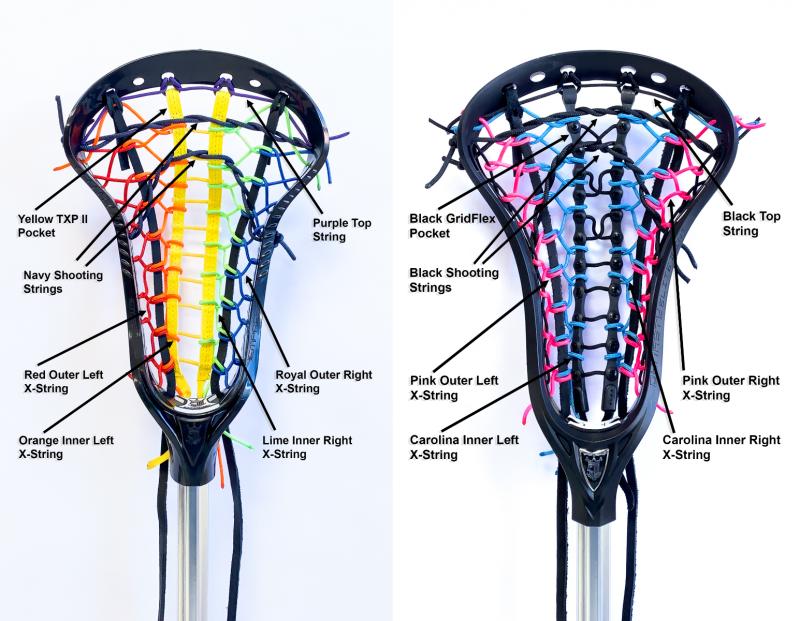
It’s easy for beginners to choose stiffer mesh beyond their ability thinking it will improve their game, when in reality soft mesh builds confidence. Don’t overestimate your skills early on. As you progress to intermediate and advanced levels, gradually upgrade mesh and pockets to enhance performance.
Set your ego aside and choose equipment that optimizes play at your current skill level. Then allow your abilities to dictate pocket upgrades over time. Find your lacrosse groove with the right mesh, strings and style for your position and talent.
Beyond performance properties, choosing colorful lacrosse mesh and strings allows you to stylize your pocket with custom colors that express personality on the field. With so many vibrant stringing options available today, you can pick unique colors that make your stick stand out.
Pick Mesh and String Colors to Stand Out
Traditionally, white mesh and basic black or white strings were the only choices. But now lacrosse brands offer wide varieties of dyed mesh and colored sidewall strings. Popular options include bright red, neon orange, forest green, royal purple, navy blue and more. Two-tone and fade effects add further visual flair.
Go bold with a bright yellow or pink mesh combined with metallic chrome strings. Or class it up with maroon mesh and gold shooting strings. Mix and match colors between the mesh, sidewalls, and shooters until you find your personalized colorway.
Represent Your Team, School Colors
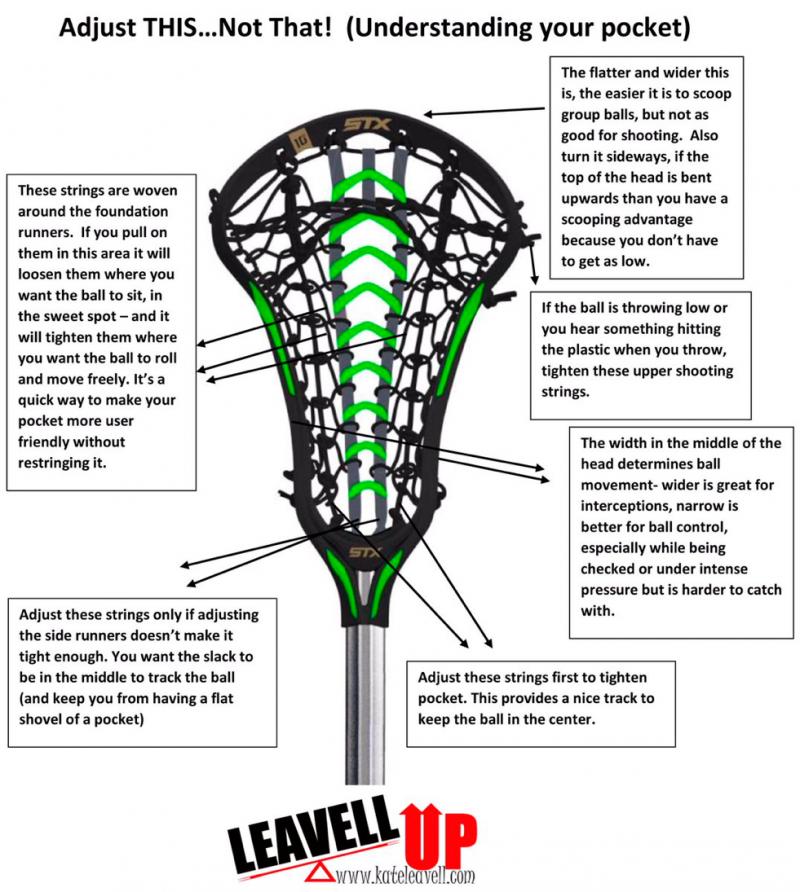
Show team spirit on the field by matching your pocket colors to team uniform colors. For example, string neon green mesh and black strings to mimic your school colors. Teammates can coordinate matching colorways as a sign of unity.
Many high schools and college teams gravitate toward signature mesh and string colors. This allows fans to quickly identify players by pocket colors from the stands. Pick the right shades to rep your squad.
Choose Color Combos that Complement You
The mesh and string colors you choose also say something about you individually. Opt for a bright gold mesh and purple strings if those are your favorite colors. Or go for calm earth tones like tan mesh with brown leather shooting strings.
Consider colors that complement the rest of your gear too. For example, having a red STX helmet and red calf sleeves would match perfectly with a red and black pocket. Express your personal style through creative color combinations that make your stick truly unique.
With the range of mesh and string colors on the market today, you can really customize your pocket’s look. Choose creative colors that support team unity, complement your personality or simply get attention on the field. A colored up pocket lets your lacrosse stick reflect who you are.
The specific type of lacrosse mesh you choose for stringing greatly affects ball control, hold, and release. Softer meshes bag out quicker for better feel while more rigid meshes maintain structure longer and provide advanced players more pronounced control. Selecting mesh wisely based on desired playing characteristics is key.
Choose Mesh Based on Desired Ball Control
Softer nylon meshes offer the quickest break-in times and deepest pockets ideal for beginners learning to catch passes and build confidence. Medium density polyester meshes provide a nice blend of stiffness and flexibility right away for intermediates.
Performance lacrosse athletes benefit most from rigid meshes like StringKing Type 3F or Hero 2.0 that maintain their structure for consistent pockets and more defined ball channels. Hard meshes require extensive jam time to shape properly though.
Tighter Weaves Increase Hold and Accuracy
Mesh with traditional, 10-diamond weaving locks in balls with precision,preventing poor passes from bouncing out. Tighter woven pockets provide elite players the hold and accuracy needed for catching feeds at full speed and delivering pinpoint shots.
Wider shape meshes like StringKing Type 2F have less defined diamonds so the ball sits in looser pockets. This offers quicker releases but less catching control for advanced players.
Soft Meshes Build Confidence for Beginners
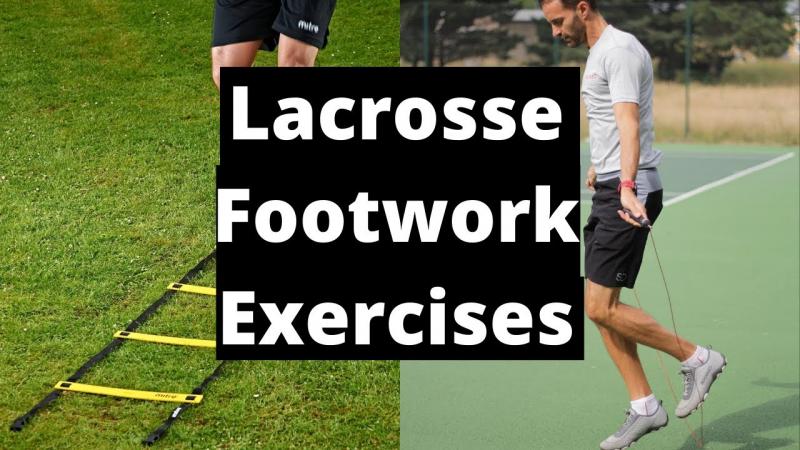
New lacrosse athletes gain confidence in their stick skills much faster using a soft mesh that bags out quicker. The natural pockets do less damage to their hands while allowing them to focus on developing clean technique.
As beginners improve at cradling, scooping and passing, they can gradually upgrade mesh stiffness for increased control. But initially, soft mesh eases the learning curve.
Choosing mesh suited specifically to your desired ball control, hold and release will optimize your play. Soft for building confidence, medium for versatility, and hard for premium structure and performance. String smartly based on your needs.
Properly tensioning the mesh and sidewall strings when stringing a lacrosse head is crucial for optimal pocket formation and performance. The right amount of tautness helps the pocket maintain its shape and provides the intended ball control.
Tighten Mesh and Strings Correctly
When interlacing the mesh during stringing, gently yet firmly pull on the diamonds to evenly stretch the mesh to your desired tautness across the head. Avoid over-stretching that compromises the mesh integrity. Take care not to leave any diamonds loose.
Sidewall strings also require uniform tensioning from the scoop to the throat. Utilize string clamps when available to keep tautness consistent during the process. Continually reference overall pocket tension as you go to make adjustments.
Shooting strings should have a taut feel across the width of the head without sagging in the middle. Check shooting cord tension by pressing down across the pocket and fine tune as needed before finishing knots.
Gradually Increase Tension with Break-In
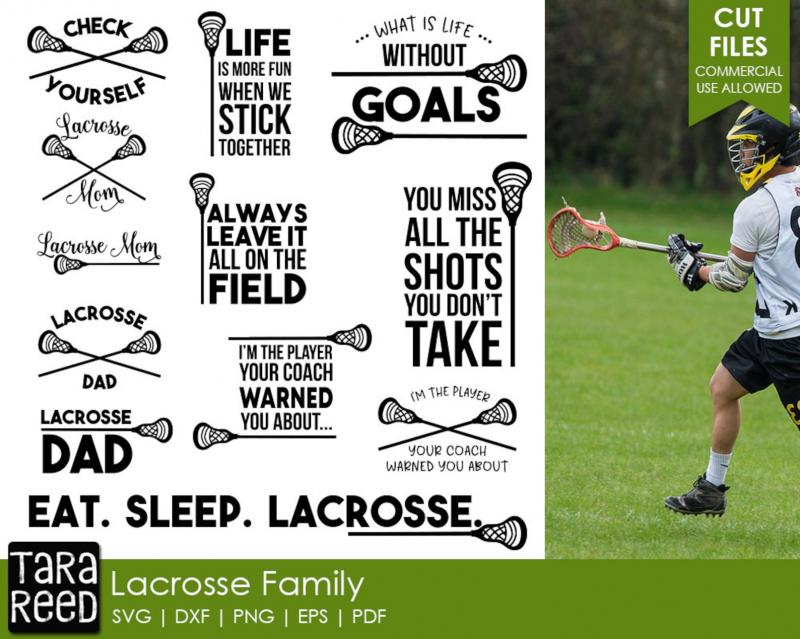
When installing brand new mesh, resist the urge to crank down on tension out of the gates. Allow gradual break-in time for the materials to conform naturally to the head shape. You can always tighten areas over time.
Jam the pocket with softballs and use it regularly, then tighten any diamonds or sidewalls that loosen up. Shooting strings may need minor tightening too after heavy use. Just avoid over-tensioning to the point of ripping mesh or strings.
Maintain Consistent Tension Checks
Get in the habit of routinely checking pocket tension in different areas by pressing down and feeling for tautness. Look for loose diamonds or sagging sidewalls after heavy use. Keep a tightening tool in your bag to make quick adjustments on the fly.
Develop an eye for spotting uneven string tension over time. Keeping everything uniformly tightened will improve the pocket’s structural integrity, ball control and release.
By mastering proper string tightening and routinely checking tension, you’ll maintain excellent pocket shape and performance all season long. Take control of tuning your pocket via thoughtful tightening.
When stringing up a lacrosse head, you’ll choose either a traditional, modified or hybrid pocket style based on the desired ball control and release properties. Each provides unique advantages for different player positions and preferences.
String Traditional, Modified, or Hybrid Style
Traditional stringing focuses on wider 10 diamond mesh for pronounced pocket formation, increased ball retention and defined channel throws. This style best suits face-off specialists, defenders and goalies.
Modified pockets utilize a runner shooting string to widen the sweet spot for quicker releases. The runner allows for greater ball control on passes caught outside the traditional pockets. Modified is ideal for midfielders.
Hybrid stringing combines a traditional 10 diamond base for ball retention with a runner shooting string for some added velocity on passes. This gives players the best of both worlds – control and quick sticks. Hybrid suits most attackmen.
Consider Your Position’s Stringing Needs
Think about the unique needs of your position when choosing a stringing style. For example, face-off middies rely on traditional pockets to clamp down on ground balls off the draw. Meanwhile, attacking middies move the ball quickly in transition via a modified runner pocket.
Don’t simply mimic other players’ setups. Evaluate what pocket properties your specific role truly demands. The style should support your on-field responsibilities, not just match everyone else.
Factor in Your Playing Style Preferences
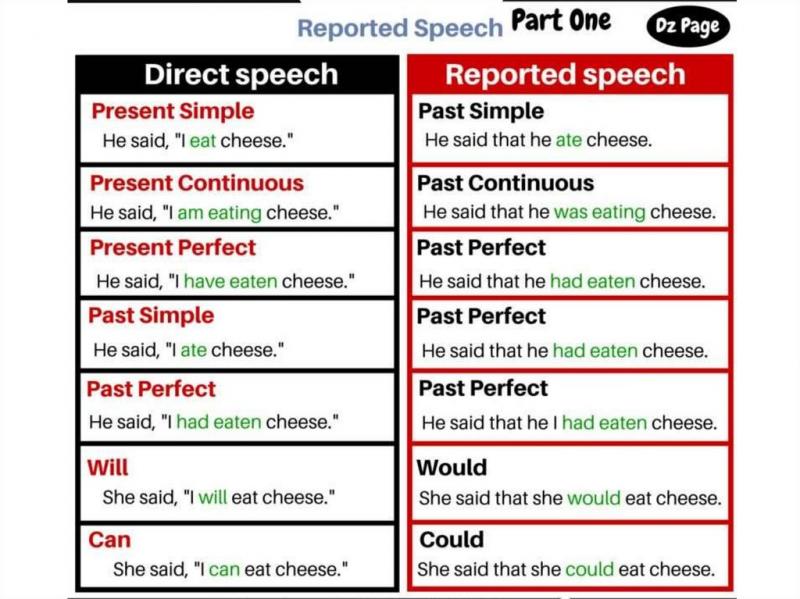
Your individual playing style also influences ideal stringing style. If you like placing accurate shots on cage, traditional offers superior control. But if quick passing is your thing, choose modified for fast releases. And pick hybrid if you like both precision and velocity.
Testing different pocket styles during summer ball helps determine what feels best for your game. Don’t box yourself into just one technique too early.
With the right stringing knowledge, you can craft a traditional, modified or hybrid pocket optimized for your position and personal style.
When getting your lacrosse stick strung, you have two main options – buying pre-string mesh or stringing it yourself. Both have their pros and cons to weigh when deciding.
Compare Pre-String vs. DIY Options
Pre-string mesh comes from manufacturers already expertly interlaced into the ideal pocket shape. It offers convenience, consistency and time savings versus stringing from scratch.
Stringing it yourself allows fully customized pockets, cheaper supplies in bulk, and the satisfaction of a DIY project. But it requires learning proper stringing techniques and significant time investment.
Pre-String Offers Convenience & Consistency
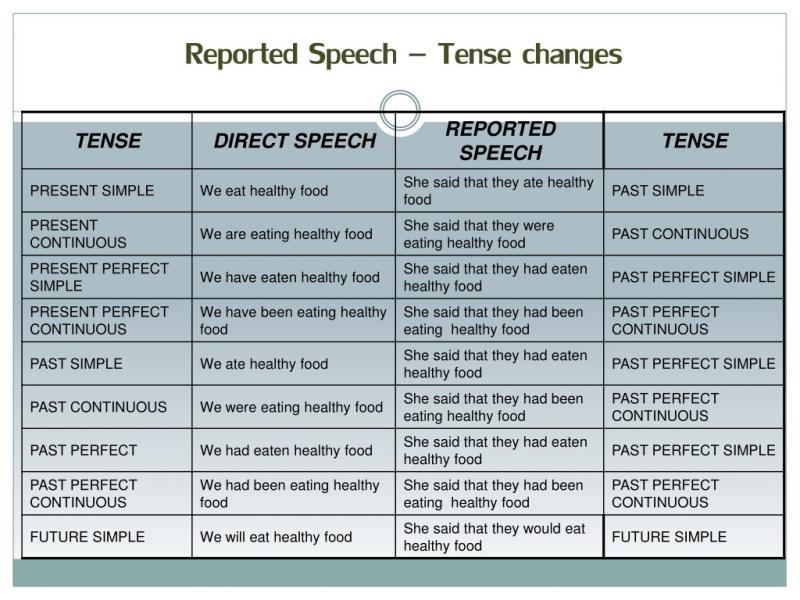
Companies like ECD, StringKing and Jimalax pre-string different mesh varieties into defined pocket styles optimized for different player positions. The precision consistency simply installs into the head.
Pre-string mesh eliminates the hassle of gathering stringing materials, learning techniques, and slowly lacing diamonds. The convenient pockets are game-ready out of the package.
DIY Allows Customization & Cost Savings
Stringing your own stick means buying mesh and strings separately to fully customize materials, colors, pocket placement, shooting strings, and style. Bulk supplies also cost less than pre-packs.
While learning proper stringing fundamentals takes patience and practice, the payoff is a personalized pocket catered to your preferences. DIY also builds confidence and satisfaction.
Weigh convenience vs. customization and cost when choosing pre-string mesh kits or DIY stringing supplies. Trying both helps determine your ideal balance of time savings and customization.
When selecting lacrosse mesh and sidewall string for your stick, it pays to research the top brands making products that complement your playing style. Brands use advanced materials and extensive testing to engineer high performance mesh and strings.
Research Top Brands for Mesh and String
Leading manufacturers like StringKing, ECD, Jimalax, and Warrior all produce professional grade mesh and string options designed for optimal ball control, durability, and consistency across pockets.
StringKing meshes like Type 3F and Hero 2.0 use advanced materials to maintain structure and channels. ECD nylons and dyneema sidewall strings offer balanced feel. Jimalax Money Mesh gets shooters warmed up quickly. Warrior laces authentic leathers into diamond kits.
Compare Material Quality and Construction
Research how brands engineer and construct their mesh to maintain integrity across all diamonds. Memory meshes like Hero 2.0 heat-set for uniform structure. Advanced polymers like Warrior Noz reduce stretching and loosening over time.
Quality nylons withstand abrasion while blended matches like Type 2F incorporate different materials across the top, middle, and bottom portions optimized for pocket shape. Pay for premium construction.
Read Reviews on Pocket Feel and Performance
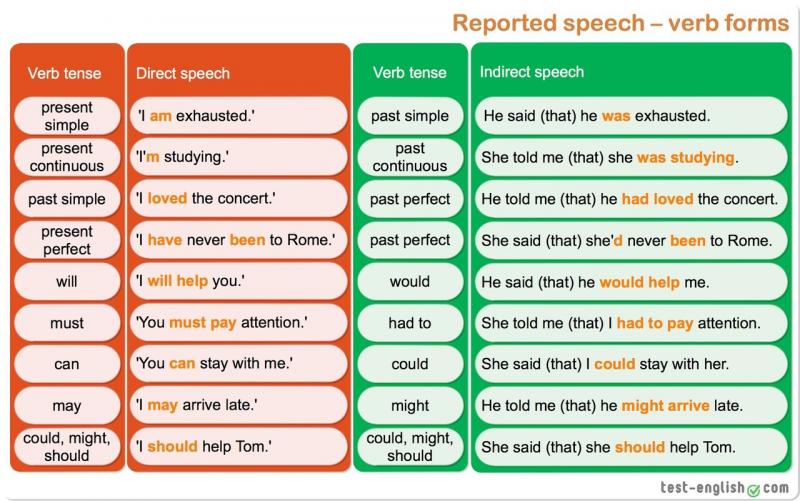
Scour online reviews and forum discussions for real feedback on how certain brand’s mesh and strings perform. Players report on initial pocket feel, break-in time, longevity, and effects on ball control.
See if particular meshes and sidewall strings are known for quicker breaks, holding their shape consistently, reducing flutter on passes, and other playing characteristics important to your game.
Do your homework so you can confidently choose mesh and strings from brands renowned for optimizing performance and durability. The right materials make all the difference.
If stringing your own lacrosse stick from scratch seems daunting, utilizing a reputable stringing service is an excellent option. Experienced stringers can craft you a customized pocket exactly to your specs and playing style.
Find a Reputable Stringing Service If Needed
Quality lacrosse stores often offer an in-house stringing service for clients wanting a customized pocket without the hassle of DIY. The experienced stringers on staff can discuss your needs and string a pocket to match your game.
Local shops with 4+ star reviews should employ stringers with 5+ years experience willing to walk you through the customization process. Ask friends for service recommendations too.
Describe Your Position, Skill Level, and Style
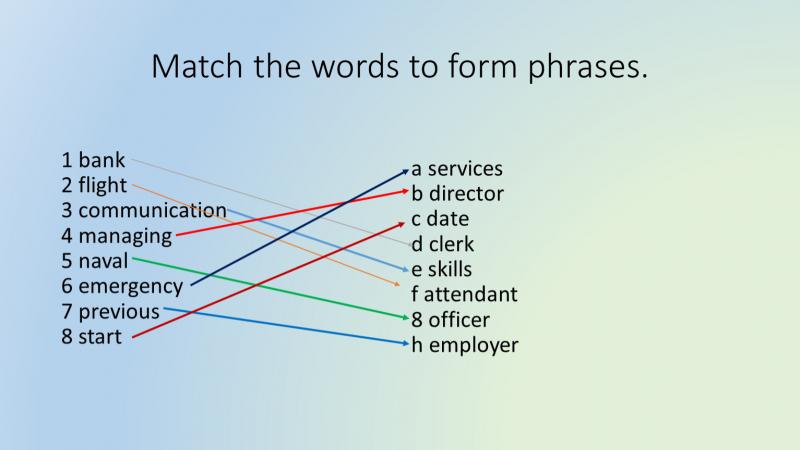
When dropping off your head, provide notes on details like your position, experience level, and whether you take big rips or make quick feeds. This context helps the stringer select mesh stiffness, pocket placement, shooting strings, and style ideal for you.
For example, mention you’re a high school midfielder still developing stick skills for a mid-level pocket. Strings services thrive on crafting personalized pockets.
Request Adjustments Until It’s Perfect
Quality stringing services will tweak their work until you’re completely satisfied. Don’t just accept an unsatisfactory pocket on the first try – request adjustments like more defined sidewalls or a shifted channel.
Reputable stringers want you fully confident and playing your best with the pocket. Don’t be shy asking for revisions until it’s perfect.
With an experienced stringing service customizing your head, you can get a meticulously crafted pocket matched to your game without the hassle of DIY stringing. Invest in premium work.
After stringing a new lacrosse head, proper break-in time allows the mesh and pocket to mold optimally to your playing style. Taking measures to break in the pocket correctly leads to excellent feel and performance.
Properly Break In New Mesh and Pockets
To break in fresh mesh, repeatedly soak the head in water, then shape and squeeze the diamonds while drying. This softens and expands the mesh to bag out faster. Use a ball or the butts end of sticks to shape the pocket.
Jam the pocket often with softballs during downtime to enhance pocket formation. Don’t use just one ball – jam multiple balls into different spots. Focus on widening the channel and creating your desired pocket depth.
During break-in, make sure to exercise all aspects of stringing like cradling, scooping ground balls, passing and catching. This mimics on-field mechanics to best form the mesh and strings.
Gradually Tighten During Break-In
As the pocket takes shape through break-in, you may need to tighten up loosening diamonds or sidewalls. But avoid over-cranking down and ripping the mesh. Finesse it gradually as you would a new baseball glove.
Monitor areas like the bottom of the channel and sidewall halfway up the head. Use a leather strip, tennis balls, or your fingers to gently stretch and shape as needed.
Perform Routine Pocket Checks
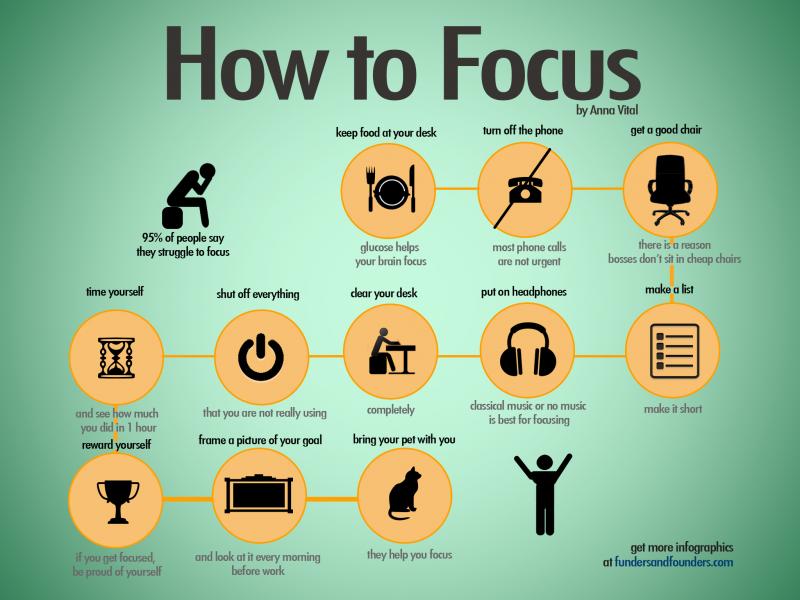
Get in the habit of routinely pressing down on various parts of the mesh to check tautness and shape during break-in. Feel for protruding diamonds or loose sidewalls needing adjustment.
Develop an eye for sinking diamonds or sagging shooting strings and react swiftly to get the pocket back to its ideal tension and placement.
With attentive yet patient break-in procedures, your fresh pocket will form to exactly match your style of play. Take time to get that custom feel before games.
To maximize the longevity of your lacrosse stick stringing, it’s important to frequently check for signs of damage like rips, fraying or loosening. Catching issues early prevents total pocket blowouts down the road.
Frequently Check for Rips, Fraying, and Damage
Visually scan the entirety of the mesh looking for small rips or tears, especially in high wear areas like the shooting strings, scoop, and sidewall halfway up the head. Loose or sagging diamonds can rip under stress.
Check sidewalls and shooting strings for fraying as abrasion damage causes individual strands to separate. Test knots for tightness by gently tugging – any looseness requires re-tying.
Make On-Field Checks Between Every Quarter
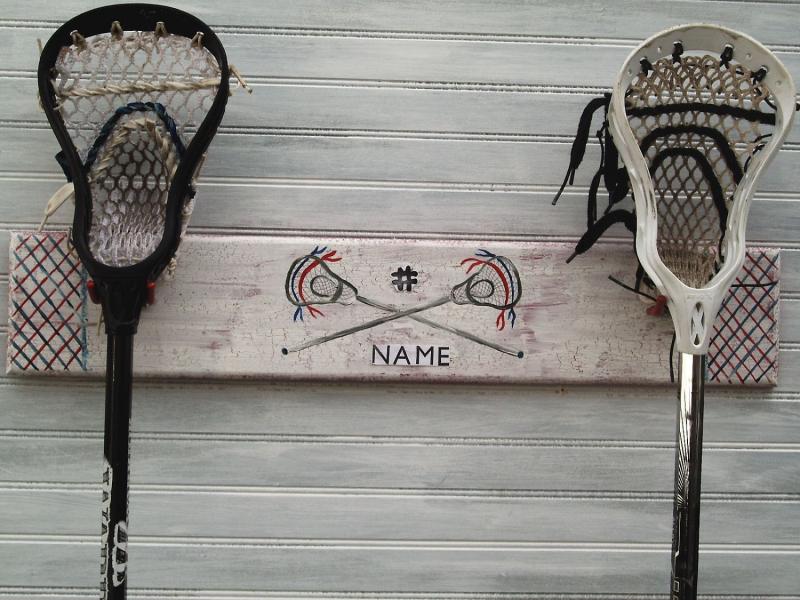
Get in the habit of pressing and visually examining every section of the mesh during sideline water breaks or substitutions. Feel for snags or gaps and scan sidewalls. Confirm shooting strings are centered and tight across the width.
Detecting minor issues between quarters allows prompt repairs before catastrophic damage occurs mid-game. Don’t wait until halftime for a full check.
Retire Mesh Showing Visible Damage
At the first sign of material failure like large rips or severe fraying, swap out the affected mesh or strings. Lingering damage will only worsen through play. Keep spare supplies on hand for quick repairs.
Be decisive about retirement – damaged mesh seriously impacts pocket integrity. Repair now instead of waiting until total blowout.
Frequent pocket checks and prompt damage response keeps your stringing in top shape all season. Don’t let minor issues balloon into major ones down the road.
Properly wrapping the handle of your lacrosse stick forms a firm grip that enhances control during cradling, shooting, and checking. As handle wrap wears down, don’t hesitate to rewrap for optimal performance.
Rewrap Handle for Better Grip and Control
As you play over a season, sweat, abrasion, and impact slowly deteriorate handle wrap, loosening grip and feel. At first signs of slipping, it’s time to rewrap.
Thoroughly remove old grip tape, being careful not to nick the handle. Clean and sand the bare handle to restore a smooth surface. Apply a light coat of grip spray or rubbing alcohol and let dry – this helps the new tape adhere.
Using cloth athletic tape, begin wrapping at the flared part of the head overlapping by half the width of the tape. Wrap downwards applying firm, even tension. Avoid bunching. Finish off cleanly at the end.
Consider Alternate Wrap Styles Like Leather
For players seeking enhanced feel, leather wraps provide a classic lacrosse look with better energy absorption. Wrap downwards overlapping slightly less than half the leather width.
Synthetic grips like lizard skins also offer durability. Experiment with different materials and tensions to find your ideal handle feel.
Check Wrap Integrity Before Each Game
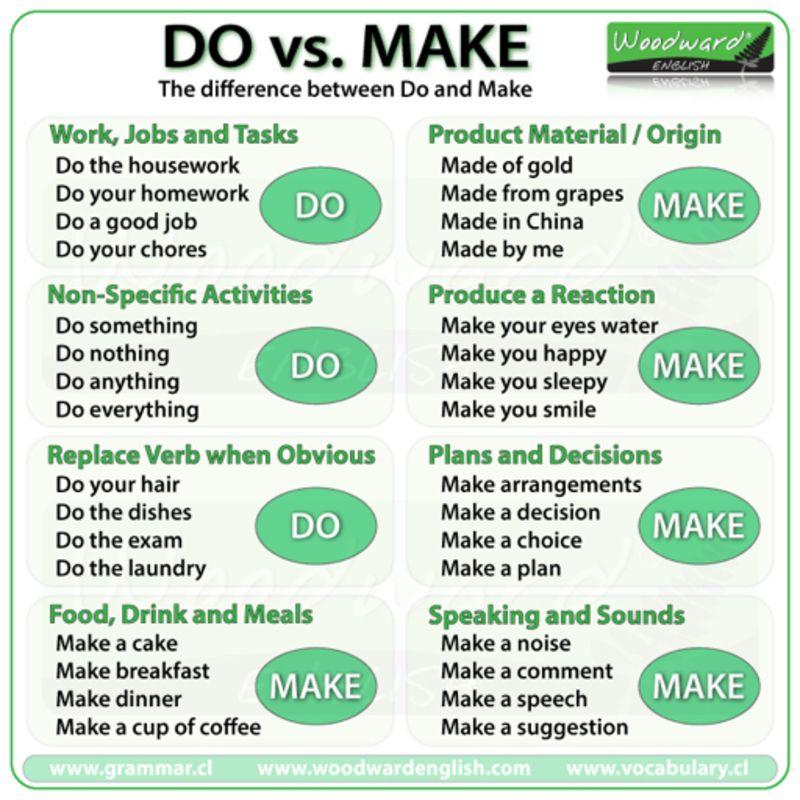
During pre-game stick checks, ensure the handle wrapping sits flush with no bubbling or peeling edges. Tightly rewrap any concerning sections for safety and performance.
A firmly gripped handle allows complete command of your stick. At first signs of wear, rewrap without delay and restore precision to your game.